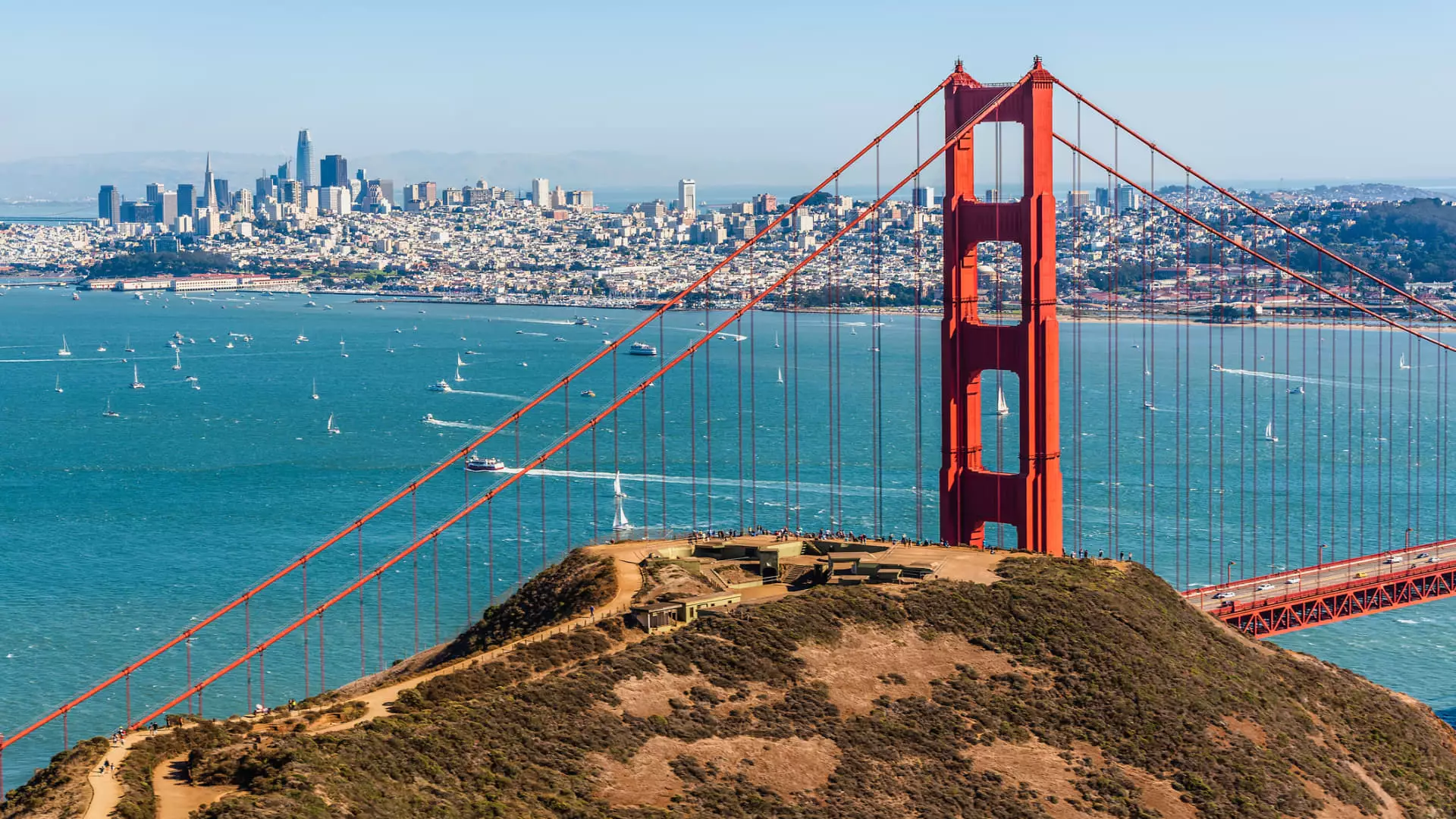As the sun sets over Silicon Valley, another day dawns on an astonishing phenomenon: the astronomical rise in the number of millionaires and billionaires in the United States. With tech giants churning out fortunes on an unprecedented scale, the U.S. now accounts for more than a third of the world’s ultra-wealthy. According to recent findings from Henley & Partners and New World Wealth, the number of liquid millionaires—individuals with over $1 million in investable assets—has surged by 78% over the last decade, culminating in over 6 million such affluent individuals across the nation. This staggering statistic speaks not only to the wealth creation fueled by technological advancements but also highlights an alarming trend that begs further scrutiny.
Wealth Inequality: A Double-Edged Sword
While it is easy to be enamored by the glamorous aura surrounding the ascent of America’s millionaire class, the uncomfortable truth looms large: the entrenched wealth gap between the elite and the average citizen is growing. Currently, there are 867 American billionaires—representing a third of the global total—and a staggering count of centimillionaires (those with a net worth exceeding $100 million) standing at 10,835. The concentration of wealth in the hands of so few raises serious questions about the sustainability of such disparities. The tech-driven wealth explosion fuels progress, yet it simultaneously marginalizes low- and middle-income families who struggle to keep pace with inflated costs of living in cities like San Francisco and New York.
Migration: The Wealthy Exodus to the U.S.
Another crucial aspect of this phenomenon is the influx of overseas millionaires making the U.S. their home. With roughly 3,800 millionaires relocating to American soil last year alone—95 of whom were centimillionaires—communities like California, Florida, and Texas are experiencing a seismic shift in their demographic landscapes. The tech industry remains a significant draw; however, this influx raises the question of sustainability for local economies. Are the communities absorbing this wealth also being enriched, or is it a one-sided transaction favoring the elite?
Emerging Wealth Hubs: Beyond Traditional Landscapes
The rise of less conventional wealth hubs like Scottsdale, Arizona, and West Palm Beach, Florida, where millionaire populations have shot up astonishingly—125% and 112% respectively—demonstrates that wealth is not static. It is fluid, moving to locales where lifestyle and business conditions align closely with the aspirations of the affluent. Meanwhile, traditional centers of wealth such as New York City and the Bay Area are locked in a riveting contest for supremacy, with the Bay Area growing its millionaire population by nearly 98% over the past decade. The emergence of AI and other high-tech innovations continues to bolster this growth, but at what cost to the societal fabric of balance and equity?
The Future of Wealth in America
As we gaze into the future of wealth in America, the unease around these pronounced disparities and amplified opportunities cannot be ignored. Our society stands at a precipice, where innovation and wealth generation coexist uncomfortably next to economic disparity. While the creation of new fortunes is undeniably a testament to human ingenuity, it also necessitates a collective introspection about the values we uphold. Will America prioritize the glamor of wealth or confront the urgent challenges posed by inequality, demanding a harmonious coexistence that elevates all segments of society rather than leaving the majority in the dust?

Leave a Reply